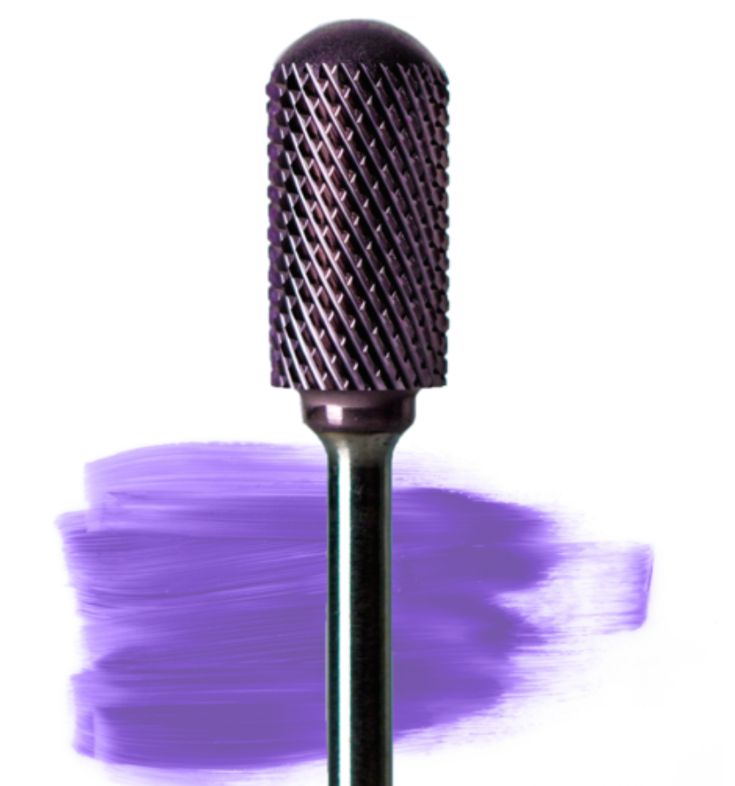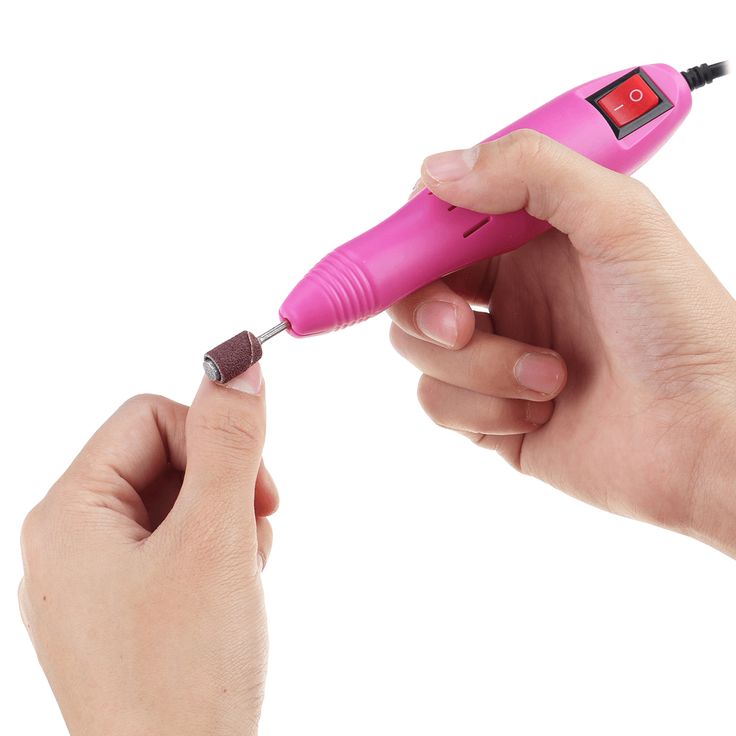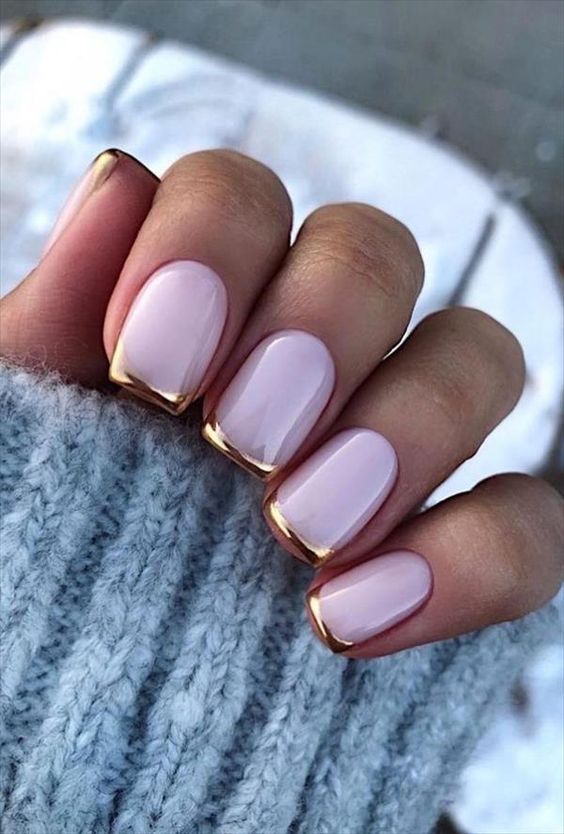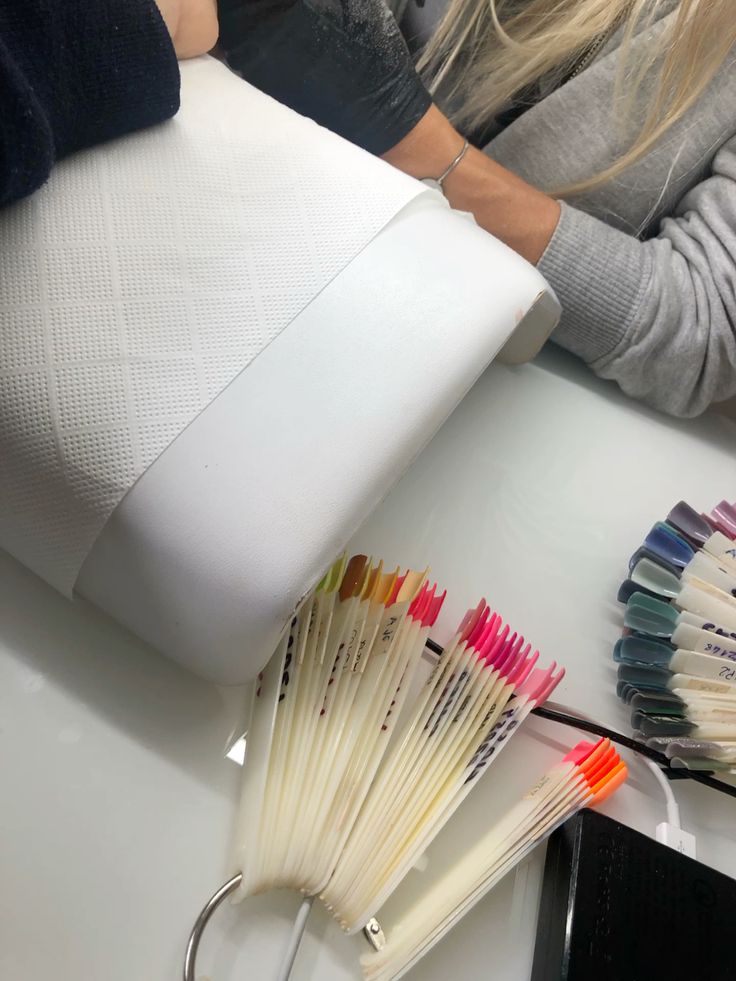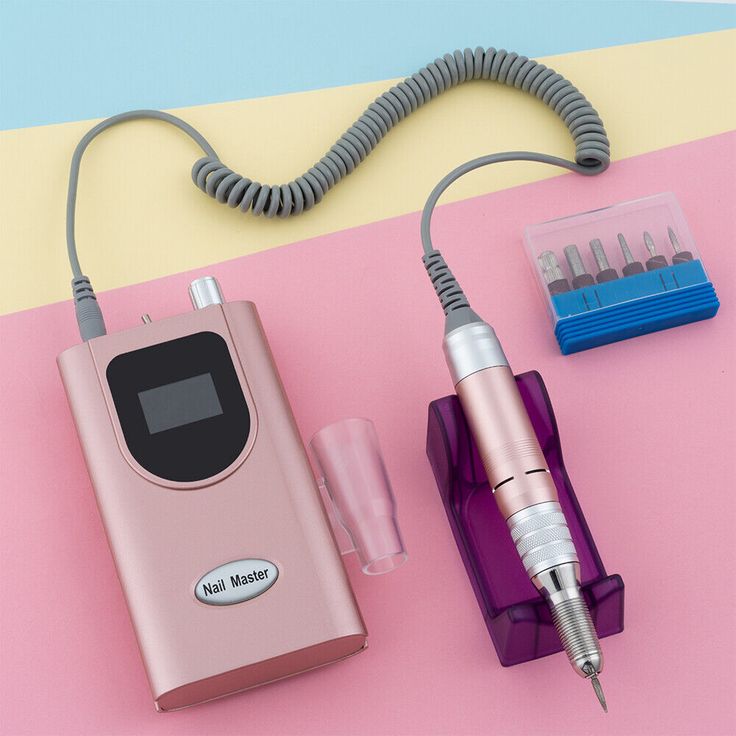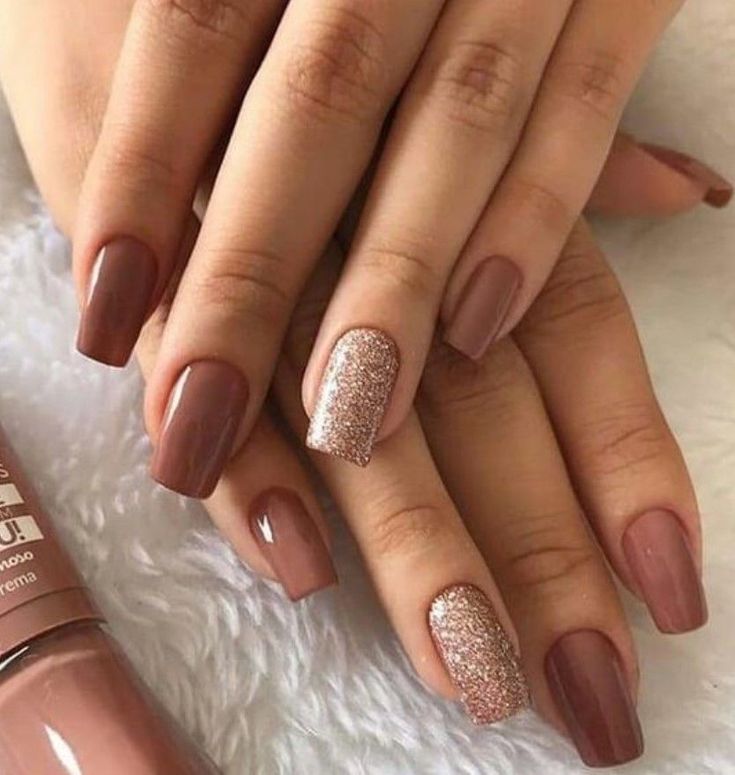
Common Nail Drill Injuries and How to Avoid Them
- uzmdrill
- August 29, 2024
- 80 views

Using a NailDrillMachine can be a game-changer for achieving professional-looking nails at home, but it also comes with certain risks if not used properly. From minor irritations to more severe injuries, understanding these risks and learning how to avoid them is crucial for safe and effective nail care.
FAQs
Q1: What are the most common injuries caused by nail drills?
A: The most common injuries include over-filing, burns from friction, cuts to the skin or cuticles, allergic reactions, and nail plate damage.
Q2: How can I prevent over-filing my nails?
A: To prevent over-filing, use the correct speed setting, apply gentle pressure, and keep the drill moving. Avoid staying in one spot for too long to minimize the risk of thinning the nail.
Q3: What should I do if I accidentally cut my skin with a nail drill?
A: If you cut your skin, immediately clean the wound with antiseptic and cover it with a bandage. To prevent future cuts, use a cuticle guard and ensure your drill bit is properly aligned and not too sharp.
Q4: Are there specific drill bits that reduce the risk of injury?
A: Yes, softer bits like sanding bands and buffer bits are less likely to cause injury, especially for beginners. Using the right bit for the job is crucial to avoiding injuries.
Q5: What are the signs of an allergic reaction to nail drill dust?
A: Symptoms of an allergic reaction can include redness, itching, swelling, or a rash. If you experience these symptoms, stop using the drill and consult a healthcare provider. Wearing a mask and working in a well-ventilated area can help reduce exposure to dust.
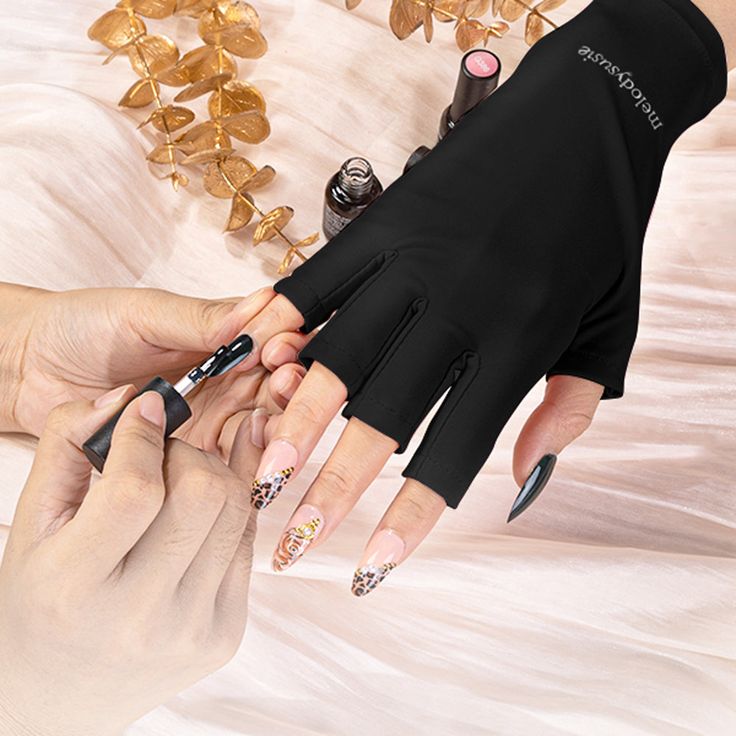
Common Nail Drill Injuries and How to Avoid Them
1. Over-Filing the Nail Plate
Injury: Over-filing can thin out the nail plate, making it weak, brittle, and prone to breakage.
Prevention: Use a light touch and the appropriate speed setting for the task. Always keep the drill moving to avoid excessive filing in one area. Start with the lowest speed and increase gradually as needed.
2. Burns from Friction
Injury: Burns can occur if the drill bit generates too much heat from friction, causing discomfort or even blisters.
Prevention: To avoid burns, work in short bursts and allow the bit to cool down between passes. Use a lower speed setting and apply minimal pressure to reduce heat buildup.
3. Cuts to the Skin or Cuticles
Injury: The drill bit can easily nick the skin or cuticles if it slips or is used too close to the edges of the nail.
Prevention: Protect your skin by using a cuticle guard or tape. Hold the drill securely with a steady hand, and avoid applying too much pressure near the cuticles. Practice on artificial nails before working on your own or others’ nails.
4. Nail Plate Separation (Onycholysis)
Injury: Onycholysis is when the nail plate separates from the nail bed, which can be painful and lead to infection.
Prevention: Avoid applying too much pressure or drilling too deep into the nail. Use the correct bit for the job and regularly check the nail’s condition during the process to ensure no damage is occurring.
5. Allergic Reactions to Nail Dust
Injury: Nail dust, especially from acrylics or gels, can cause allergic reactions, leading to skin irritation, respiratory issues, or eye discomfort.
Prevention: Always work in a well-ventilated area and wear a mask to protect yourself from inhaling dust. Consider using a nail dust collector to minimize airborne particles.
6. Eye Injuries from Flying Debris
Injury: Small particles can become airborne during drilling, potentially causing eye irritation or injury.
Prevention: Wear protective eyewear while using the drill to shield your eyes from debris. Regularly clean the work area to reduce the risk of flying particles.
7. Infections from Unsanitary Tools
Injury: Using a nail drill without proper sanitation can lead to infections, especially if the skin is accidentally cut.
Prevention: Always sanitize your drill bits before and after use. If you’re working on multiple people, consider using disposable bits or sterilizing your tools between clients.

8. Muscle Strain from Improper Handling
Injury: Prolonged use of a nail drill without proper technique can lead to muscle strain or repetitive strain injuries (RSIs) in your hand, wrist, or arm.
Prevention: Maintain a relaxed yet firm grip on the drill, and take frequent breaks to rest your hand. Adjust your posture and ensure you’re sitting comfortably to reduce strain.
9. Electric Shock from Faulty Equipment
Injury: Using a damaged or malfunctioning nail drill can result in electric shock, posing a serious safety risk.
Prevention: Regularly inspect your nail drill for signs of wear or damage, such as frayed cords or loose connections. Replace faulty equipment immediately, and never use the drill near water.
10. Inadequate Ventilation Leading to Respiratory Issues
Injury: Inhaling dust and fumes from nail products can cause respiratory problems over time.
Prevention: Ensure your workspace is well-ventilated, and use a nail dust collector to reduce airborne particles. Wearing a mask can also help protect your lungs from harmful dust and chemicals.
Conclusion
While a NailDrillMachine can greatly enhance your nail art capabilities, safety should always be your top priority. By understanding common injuries and taking steps to avoid them, you can enjoy the benefits of your nail drill while protecting your nails, skin, and overall health. Remember, practice makes perfect, and with proper technique and care, you can achieve professional-quality results safely.

